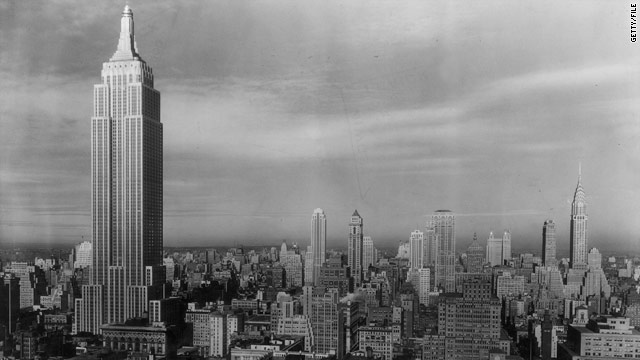
(Hong Kong, China) – The bigger they are, the harder they fall. That's the tenet behind the Skyscraper Index which tracks a link between construction booms of tall buildings and economic busts over the past 140 years.
Some say the facts are bizarrely coincidental. Others say the numbers don’t lie. But if true, the latest Skyscraper Index report from Barclays Capital suggests both China and India are due for economic doom because of their current skyscraper boom.
In no mincing of words, BarCap adds that China is the world’s “biggest bubble builder.”
The country already has half the world’s existing buildings higher than 240 meters – the minimum height for skyscrapers.
Ready for Sinulog 2012? Check here for updates.
But China is not stopping there. It’ll add another 66 in the next six years. That’ll nearly double its current collection from 75 to 141. You see, China has 53% of the 124 skyscrapers currently under construction around the world. (And if you think they can’t do it, think again. China has challenged itself to put up a 30-story building in just 15 days. It’s set to open January 18.)
As for India, the world’s second most populous nation only has two skyscrapers, both in the financial capital of Mumbai. But that’s going to change quickly.
In the next five years, 14 more skyscrapers will shoot up around India. That includes the Tower of India, the world’s future second-tallest tower. (The current number two is the Taipei 101 in Taiwan.)
Andrew Lawrence is the man behind the Skyscraper Index. The Director of Property Research at Barclays Capital here in Hong Kong explains the index like this: “Skyscraper construction is characterized by bursts of intense activity with easy-to-get credit, rising land prices and excessive optimism. But by the time those skyscrapers are finished, the economy has slipped into recession."
And with China and India pushing skywards over the next several years, history’s boom and bust cycle suggests their economies may then crash back to the ground sometime near the end of this decade.
Just look to the past. In 1930, New York’s Empire State building, pictured above left in 1938, opened as the world’s tallest skyscraper rising 381 meters high. That was just as the Great Depression began to darken the U.S. economy. That lasted for more than 10 years.
In 1997, the Asian financial crisis hit just after the 452-meter Petronas Towers in Malaysia opened to take the crown of world’s tallest building.
Most recently in 2009, the Burj Khalifa opened and remains the world’s tallest skyscraper at just over 828 meters. And guess what, that event coincided with Dubai nearly going broke and heralded the Great Recession that we’re all trying to claw back from now.
And there are many more examples. So as China and India build higher and higher, there’s reason to be that much more leery of two looming financial fallouts in Asia.
We’re likely familiar with the adage “Build it and they will come”. But the person who penned that likely wasn’t thinking of economic meltdown.
No comments:
Post a Comment